An IIM-A Professor is Using Movie Subtitles to Improve Reading Skills of 1 Billion Indians
Academic and social entrepreneur Dr Brij Kothari is the pioneer behind Same Language Subtitling, a tool hailed the world over for its ability to improve literacy. Here’s how his initiative Billion Readers, or BIRD, is set to transform one billion lives.
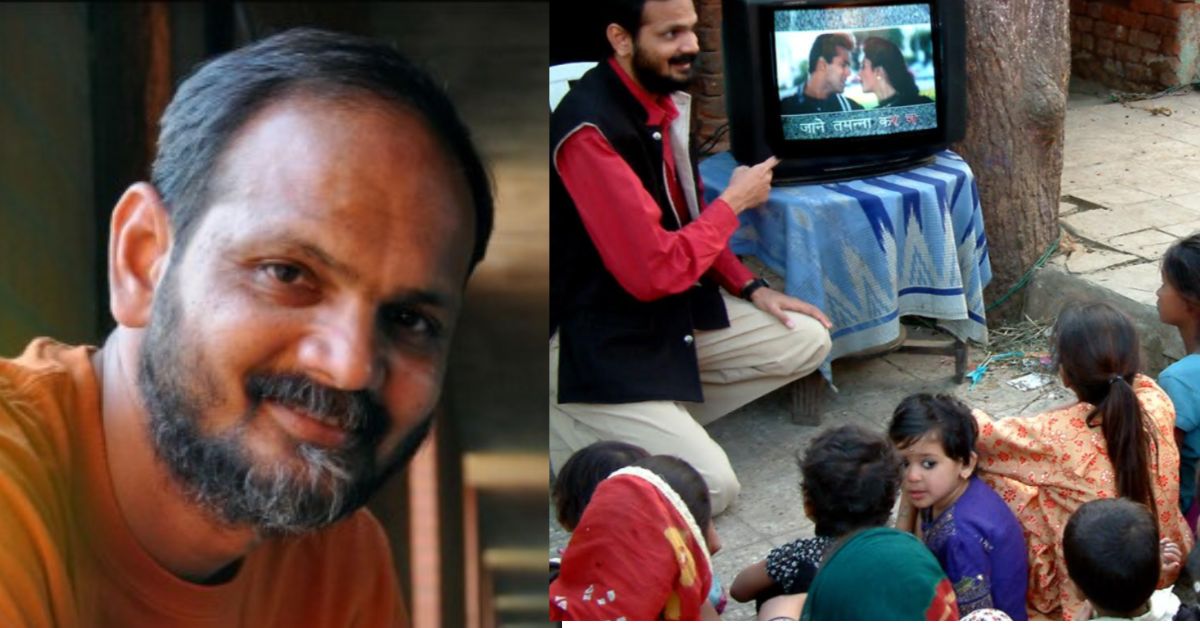
For Dr Brij Kothari, the ‘eureka!’ moment came while watching a Spanish film back in 1996. The 58-year-old academic social entrepreneur wondered how beneficial it would be for reading literacy in India if Bollywood films, too, had subtitles in Hindi.
That’s how BIRD, or the Billion Readers initiative, was conceived.
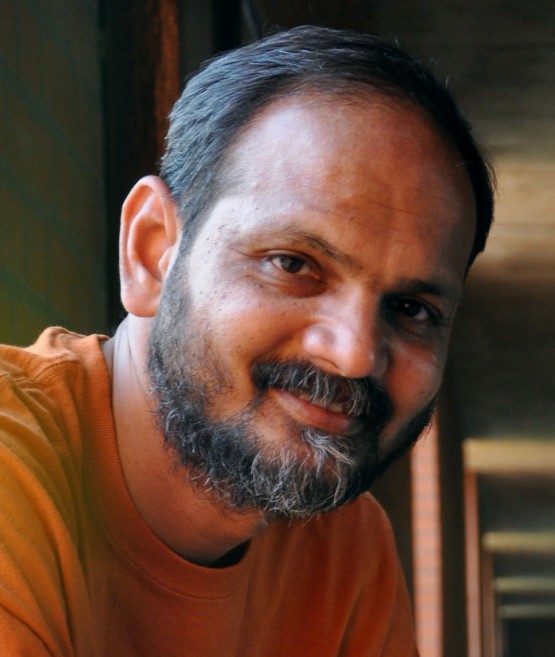
Soon after this incident, Dr Kothari joined the Indian Institute of Management, Ahmedabad (IIMA), and dove deep into research on the idea of Same Language Subtitling, a term he coined himself. SLS, he explains, is subtitling audio-visual content in the ‘same’ language as the audio. What you hear is what you read.
“The idea behind BIRD is that SLS of content on mainstream television and streaming platforms will promote reading literacy to a billion Indians who have access to television,” explains Dr Kothari, who is currently serving as adjunct professor at IIMA.
BIRD, a collaboration of IIMA and Dr Kothari’s non-profit PlanetRead, was recently awarded a prestigious ‘system change’ grant from the global philanthropic collaborative Co-Impact. It was among the 34 initiatives across Africa, Asia and South America to be given the grant to help make systems more just and inclusive.
On receipt of the grant the former director of IIMA, Prof Errol D’Souza, said, “Our institute has nurtured the SLS innovation from its very beginning and over the next five years we aim to scale it nationally in partnership with the government, private sector, civil society and other institutions.”
The background
Despite a literacy rate of nearly 80 percent in India, studies have found that over half the “literates” cannot read simple texts, much less a newspaper. ASER (Annual Status of Education Report) has, year after year, found that half the rural children in class 5 cannot read a class 2 level text.
“This is a serious problem and there are multiple reasons. When a child joins school, the home language may differ from the school language. The quality of teaching in schools leaves much to be desired,” explains Dr Kothari.
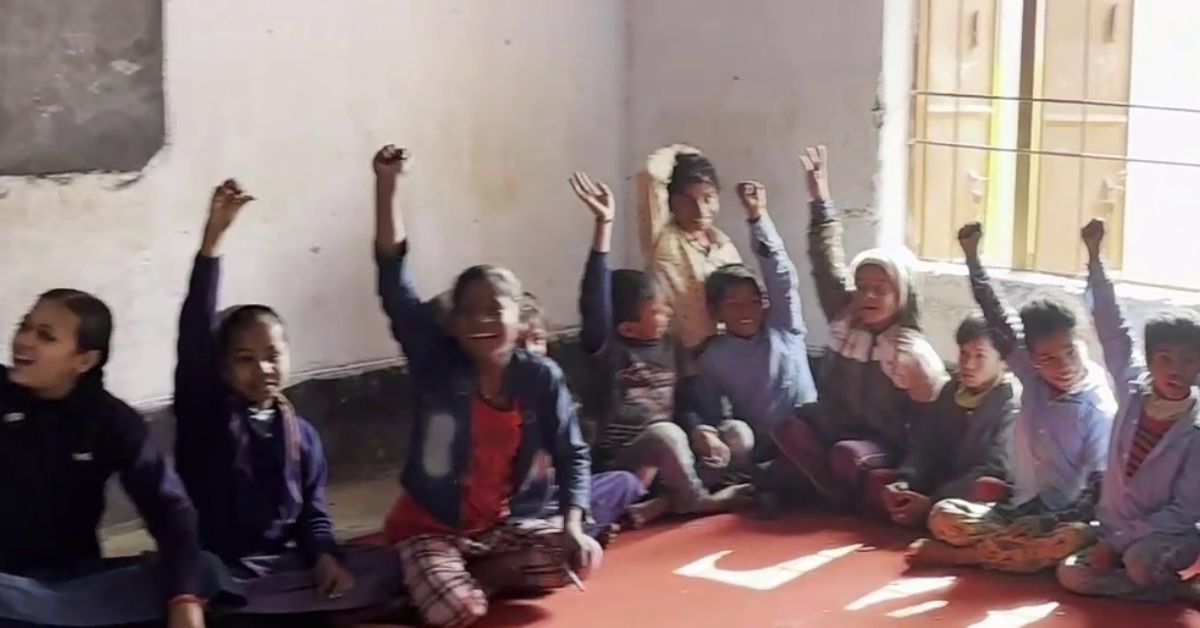
He continues, “The problem of intermittent schooling is another problem. Out of 200 days of schooling, children in rural areas may attend only 100-125 days. Many children drop out of school in class 5, and more in class 8. After that there is no opportunity for constant reading practise for them, as they have little exposure to print material. Weak readers read even less, compounding the problem.”
The premise behind the BIRD initiative is that the average Indian will watch around four hours of TV every day, for 70-odd years. If the TV content has SLS, when the TV is switched on automatically, reading is switched on. India is estimated to have 600 million weak readers, in addition to 250 million non-readers. The primary target of the BIRD initiative are the weak readers.
‘A staggering impact’
BIRD is building a strong coalition of partners across the Central and state governments, speech-to-text experts at premier technology institutes like IIT-Madras and MIT Open Learning, and leading civil society organisations. Once state governments come on board, the BIRD team plans to directly talk to major TV networks, streaming platforms and content producers.
The initiative is also set to develop AI driven technology to automatically subtitle content in over 12 Indian languages, with a minimum 85% accuracy. As a result, BIRD will soon implement SLS on 1,000 hours of entertainment content per language in 12 languages.
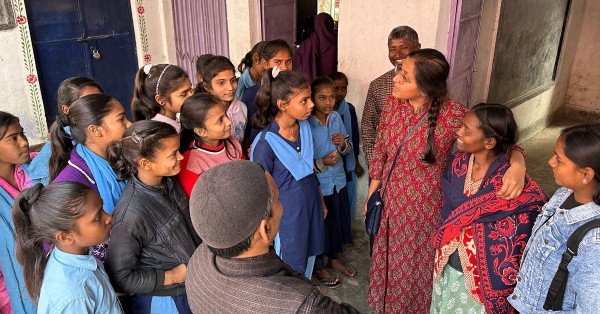
BIRD also claims to be the first globally to propose the use of SLS on mainstream TV entertainment for mass reading literacy. Other countries have leveraged SLS, or ‘captioning’ as they call it, for media access among the Deaf and Hard of Hearing (DHH) and for language learning.
Dr Kothari notes, “There have been many studies on SLS and language learning, but few on its link with reading literacy. Pilot studies in the US and New Zealand quote our work on reading literacy. This innovation is India’s baby!”
The number of target beneficiaries makes the BIRD initiative arguably one of the world’s largest reading literacy interventions. Eminent personalities including Bill Clinton are deeming SLS “a small thing that has a staggering impact on people’s lives”.
There are two factors that make SLS a viable solution to improve reading skills. First, the content with SLS will be the viewer’s choice. Second, the viewing and reading activity will not require additional time and effort as it automatically takes place while watching television.
“We have combined three elements — television content, subtitles and people’s passion for the content. Passion plus SLS is the solution,” says Dr Kothari.
In India, SLS is available on TV entertainment in English but not systematically in any Indian language. BIRD aims to change that for three major national goals — reading literacy, Indian language learning, and media access among the DHH. There is compelling evidence in support of SLS for all three goals.
Proof of efficacy
Several eye-tracking and impact studies have found that the presence of SLS on popular entertainment content leads to automatic reading practice. In fact, study results reveal that 90 percent of weak readers who get SLS exposure will try to read along with SLS, intermittently and sufficiently for their reading skills to improve.
Dr Kothari notes, “We conducted a study of children in classes 1 to 5 in government schools in Rajasthan. We showed them videos with and without subtitles.”

“We noticed that in the former, the eye movements were split between the picture and subtitles. The consistent onscreen associations between sound and text activated and strengthened brain pathways that aided picking up of reading skills. Basically, anyone trying to learn reading seeks text to read — whether on billboards, shop signs or comics. It’s like a game. That game gets activated in the case of SLS,” explains Dr Kothari.
A five-year study was also conducted on musical TV series Rangoli, which airs on Doordarshan every Sunday. It was found that even one hour of exposure to television content with SLS every Sunday improves reading skills. The impact was strongest on children studying in classes 1-3, who were automatically able to match song and text.
A significant victory
It was not easy to get a policy framed on SLS, despite strong evidence that it works. It took 15 years from conceptualisation of the simple innovation to the framing of policy.
In September 2019, SLS became a part of the Ministry of Information and Broadcasting’s (MIB) Accessibility Standards under the Rights of Persons with Disabilities Act, 2016. Half the entertainment content on TV, in every language, state, and channel, is required to carry SLS by 2025. To start with, all major TV channels, which number around 900, are required to caption at least one programme per week.

“IIMA has been involved in the initiative from the very beginning when research was being conducted. Policymakers do not easily accept social innovations. Because of its reputation, IIMA’s facilitated engagement with policymakers,” says Dr Kothari.
While broadcasting is a Central subject, implementation in different languages will have to be done by the state governments by talking to TV channels. The challenge now is quality implementation at scale. It is encouraging to see that a number of TV channels — including Star Plus, Star Utsav, Zee TV, Zee Anmol, Sony SET, Sony SAB, Colours TV, Surya TV and many other regional channels — have begun implementing MIB’s Accessibility Standards, he adds.
Focus on girls and women
BIRD is sharply focused on impacting the reading skills of girls and women, particularly from rural and vulnerable communities. Over 60 percent of India’s non-readers and weak readers are female. The priority is to add SLS on entertainment content that they watch with a passion. A fluently reading female population, the BIRD team believes, will unlock unimaginable possibilities of dignity, skill, and empowerment.
It is important that an intervention aiming to improve reading literacy among women is one that does not disrupt their daily lives. SLS will provide effortless and affordable reading practice for women in a context where gender norms pose a barrier.
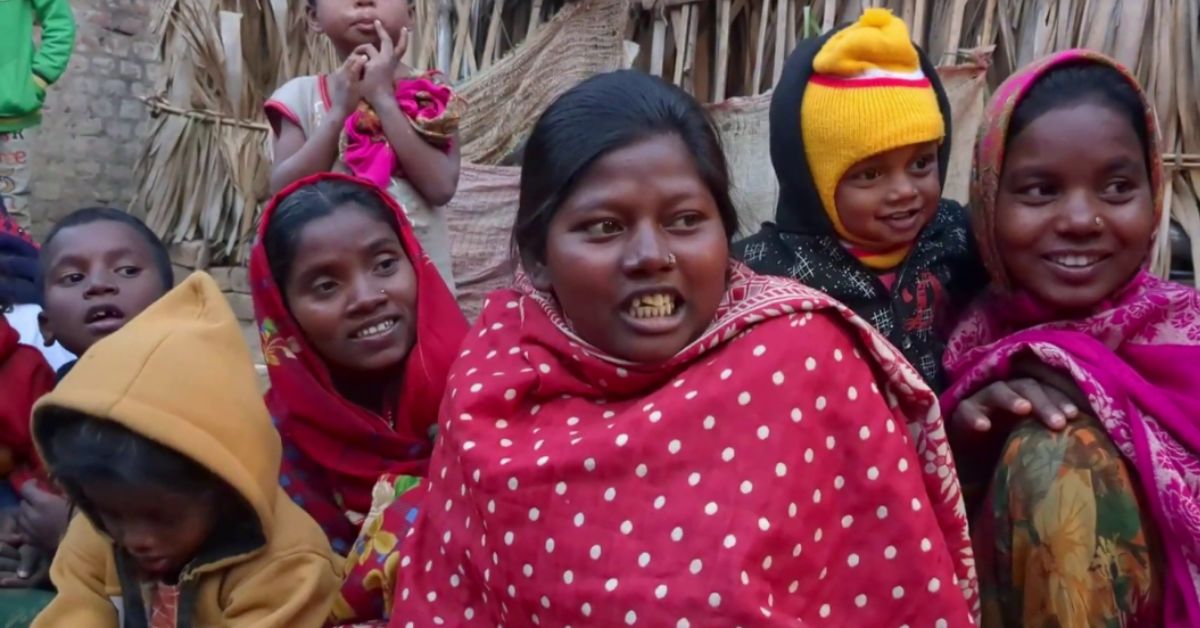
“Girls get fewer years of education, print exposure and reading practice. Many girls drop out of school early as there is no high school in their village. Even during the schooling years, they are pulled into domestic chores. SLS gives them opportunities to read at home while watching television, explains Dr Kothari.
With the Co-Impact grant, BIRD’s ambitious mission is to now scale SLS on TV and streaming platforms in all Indian languages.
“Our goal is that one billion people will read every day for a few hours, and for life. I don’t say this casually. It seems an impossible task, but we are addressing it in a novel way. We look at what content interests and engages people and provide SLS for that content. For instance, 75 percent of television viewing is of entertainment content — movies, serials and song-based programmes. In the case of children, it is cartoons. For them, we integrate reading into cartoon watching through SLS,” says Dr Kothari.
What beneficiaries say
A small survey was conducted to assess how viewers liked SLS in the early years of the project. Around 2,000 post cards received from viewers (80 percent from rural areas) as reactions of Chitrageet were analysed. It was found that 701 respondents liked the initiative. While 131 felt it improves reading ability, 52 thought it had a positive impact on writing ability and 20 on pronunciation as well.
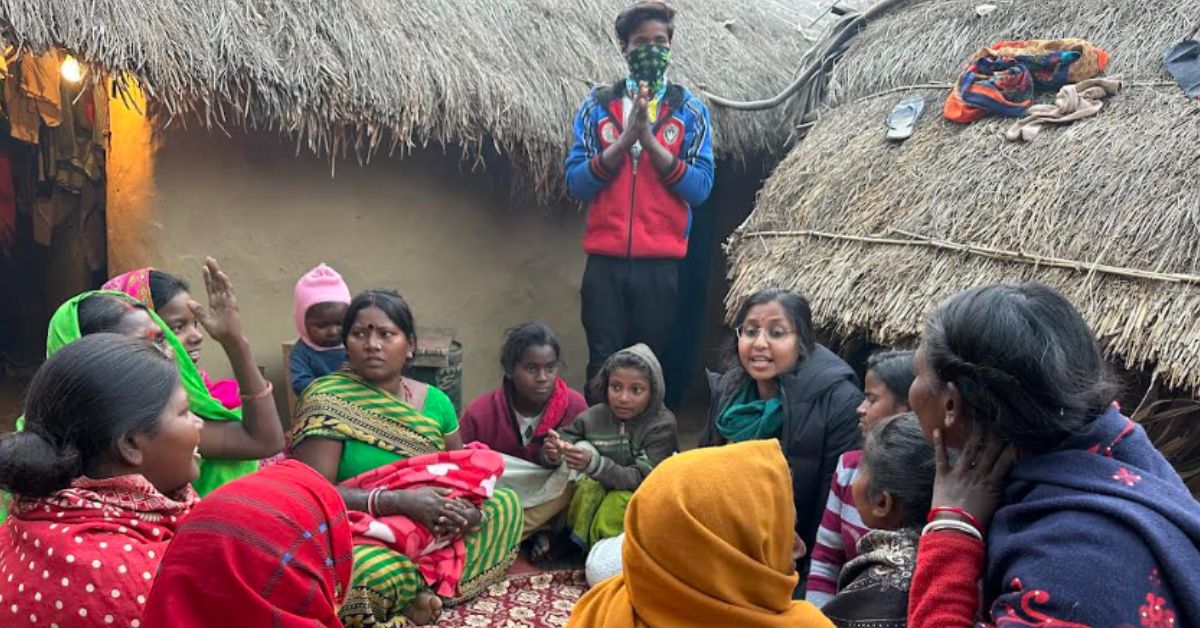
Jayanti Dafda from Amreli wrote that watching Chitrageet with SLS has taught many people in his neighbourhood to read and write. Now, they can even sign documents and there is no need for thumb impressions, he wrote in the postcard.
The BIRD team has conducted a survey in Bihar and is talking to schools to find a good balance between the content that the school system wants to offer and what children want to watch. Apart from cartoons there are good children’s films made by the Children’s Film Society, India and NFDC which children would be interested in, Dr Kothari believes.
What is the top challenge facing the BIRD initiative today? “We have estimated it will require funds amounting to around Rs 163 crores for five years to scale-up the initiative nationally. The Co-Impact grant will be a big help. We are willing to match state government grants with those funds. The challenge is to get governments to implement the initiative in partnership with us and other organisations,” he says.
Dr Kothari has written in an article about a quote attributed to Leonardo da Vinci — “Simplicity is the ultimate sophistication.” He says the BIRD initiative at IIM-A draws inspiration from this very thought.
Edited by Divya Sethu; Images: BIRD, Dr Brij Kothari
This story made me
- 97
- 121
- 89
- 167
Tell Us More
We bring stories straight from the heart of India, to inspire millions and create a wave of impact. Our positive movement is growing bigger everyday, and we would love for you to join it.
Please contribute whatever you can, every little penny helps our team in bringing you more stories that support dreams and spread hope.




















